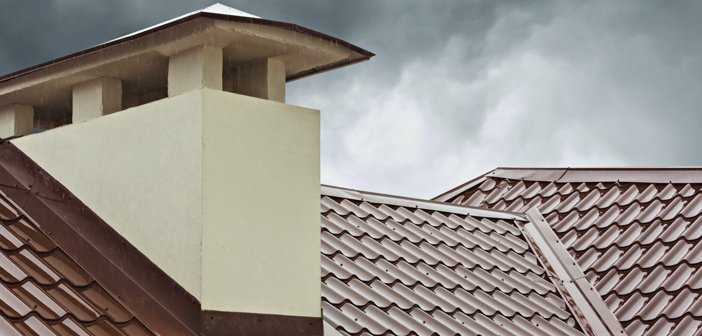
The process of inspecting a metal roof
Inspecting metal roofs can be a little different than inspecting the typical shingled roof. As a home inspector, it is important to understand the differences and procedures for the various types of roofs you will encounter as different types of roofs have different materials that the inspector needs to be familiar with. Each material has common trouble areas that need to be assessed.
The first thing to do when inspecting a metal roof, if safe to do so, is to walk the entire roof to check for drainage issues, moisture problems, discoloration, leaks, patch breakdown, panel corrosion, flashing problems, loose fasteners, and deflected panels. (Before you walk the roof, however, we recommend you do some research and check out different manufactures websites. They will have details on how to walk the different types of roofs.)
One of the most common leakage areas in a seam fastened metal roofing system is caused by deteriorated panel seams, perimeters, and flashings. As panels expand and contract from the temperature differences, the sealant used between the panels can become brittle. If you are located in a windy area, panel fasteners may be loose or missing, and in some windy situations, the fastener holes can be stretched out from the panels, creating gaps that are larger than the sealing washers.
Another problem that you should be looking for is the integrity of the fasteners. Sometimes fasteners are tightened down too much which may cause them to rust. Panel fasteners usually have sealing washers that use neoprene, which may break down over time due to expansion and contracting or from exposure to ultraviolet rays. While walking the metal roof, it is a good idea to touch the sealant to see if it is still soft and pliable, that fasteners are tight, and washers are in good shape.
Since most metal roofs are usually sloped, they drain to a gutter system that may be exposed or concealed. You should check gutters, drains and downspouts to make sure they are free of debris or blockages such as sticks and leaves.
You can never be certain what materials you will be presented with at the homes you inspect, so it is important to understand the processes and trouble areas associated with inspecting all types of roofs so that you are not caught off guard.
Information provided by Kohls Foam Systems and AHIT




